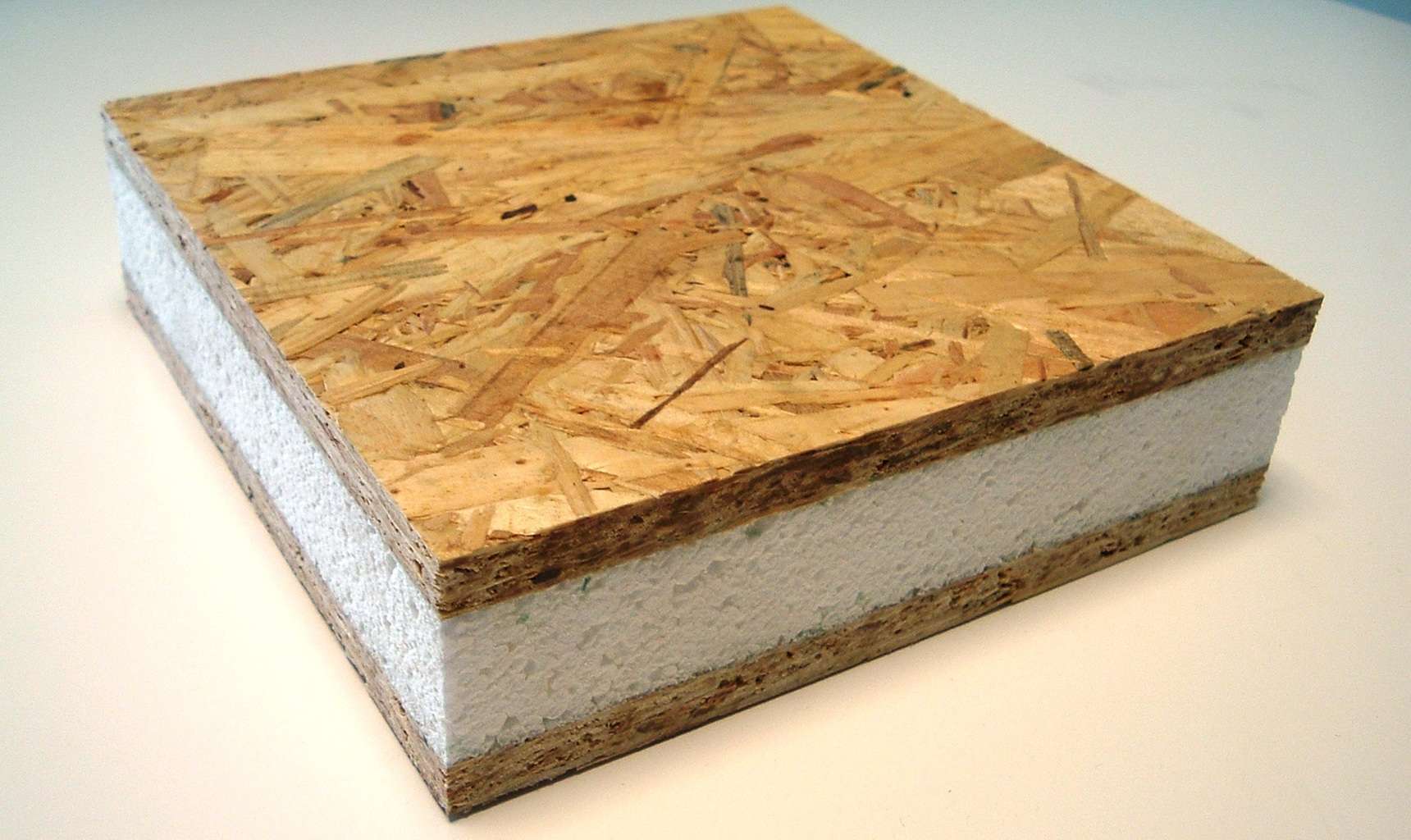If you’re starting a self-build project you may already be aware that the key to a successful, stress-free project is thorough research and planning! Choosing the right building materials and construction method are important early decisions.
This week, we’re here to give you a helping hand on choosing your construction method. Have you ever heard of SIPs? Here you can learn more about them and you can see if they could be the right choice for you.
What are SIPs?
SIPs (Structural Insulated Panels) are high performance pre-insulated panels that can be used to build the walls, ceilings and floors of any home.
Essentially the structure of these panels are like sandwiches. The “bread” (two outer layers) is made from either cement particle board (CBP) or more commonly, oriented strand board (OSB). The “filling” is a thick, rigid piece of insulation, such as polyurethane. All of the layers are bonded together, making the panels extremely sturdy.
Most SIPs are factory-manufactured, meaning that they are exceptionally airtight. When they arrive on site, they come ready to be used for the walls, floors, or roof. They can be fabricated to fit any size of building or structure, and ready to take the windows and doors.
SIP panels can be covered with any type of other building materials including brick, stone, render, and timber. Some of the major SIP manufacturers include; Siptec, Sip Building Systems, Kingspan Tek and Build It Green.
How Much Do SIPs Cost?
This is the make or break question that everyone is concerned with. Unfortunately, building with SIPs will cost you about 15% more than, say, a conventional timber frame according to self-build.co.uk.
However, SIP houses are built 60% faster than conventional construction because the panels are already pre-made. Due to the fact that your home will be done sooner, labour costs will drop dramatically and this may well reimburse you for the extra material cost.
Advantages of SIPs
Along with the speed of construction and the flexibility of manufacturing, SIPs add multiple advantages to your self-build. The most rewarding advantage on the list is the environmental sustainability it gives to you and your home.
Less waste is produced when you build with SIPs and very little energy is used during the manufacturing process, reducing your overall carbon footprint. Also, heating costs will be lower, due to the fact that the SIPs are so airtight. The manufacturer, Siptec has claimed that users will save about 40-60% on energy costs.
SIPs also make your home stronger – up to 10 times stronger, due to these lightweight panels. The strong walls additionally result in virtually soundproof walls and keeps the cool air and warm air inside. Surprisingly, using SIPs paneling will give you an extra 10% of floor space in your home due to the smaller width of the walls. If SIPs are used to insulate your roof as well, that could just give you enough room to add an additional loft or room with the extra space.
Disadvantages
SIP panels are however prone to moisture damage, so if you are living in a rainy or moist area, use panels that have some waterproof surfaces or fibre-cement panels.
Building with SIPs requires precise measurements and small tolerances. There is little room for error! Alignment issues and inadequacies in the manufacturing process can cause delays. The shop drawings need to be exact as to where the windows and doors will be in the structure. Also, it is helpful to remember that not all SIPs are manufactured equally so there is a possibility they will be inconsistent.
We would advise that you find a builder who has had experience with SIPs because it is such a precise building method. This may limit your options of contractor, and therefore be more difficult to get competitive quotations.
Finding the right architect
The key to a successful self-build is good research and planning and it’s wise to get your architect involved as early as possible to help with this. Choosing the right architect for your self-build is a critical first step, but we know that finding the right one can be a bit of a minefield. This is exactly why I set up this website in the first place! Register your project below and we’ll help you to find the right person for your project in no time…
Emily Design for Me
Follow Design for Me’s board New Build Ideas on Pinterest.




